The ancient caves of Dunhuang, nestled along the Silk Road in China’s Gansu province, hold within their walls a treasure trove of Buddhist art spanning a millennium. Among the most captivating figures adorning these murals is the Nine-Colored Deer, a mythical creature whose story transcends time and culture. This benevolent beast, often depicted in vibrant hues, is more than just a visual marvel—it embodies the core Buddhist virtues of compassion, selflessness, and karmic justice. The tale of the Nine-Colored Deer, immortalized in the Mogao Grottoes, continues to resonate with modern audiences, bridging the gap between ancient spirituality and contemporary moral reflection.
Dunhuang’s Mogao Grottoes, a UNESCO World Heritage Site, house over 490 caves adorned with intricate murals and sculptures. These artworks, created between the 4th and 14th centuries, serve as a visual encyclopedia of Buddhist teachings, cultural exchanges, and daily life along the Silk Road. The Nine-Colored Deer appears in Cave 257, a Western Wei Dynasty (535–556 CE) masterpiece. The mural depicts the Jataka tale of the deer, a previous incarnation of the Buddha, who saves a drowning man only to be betrayed by him for a royal reward. The story’s moral clarity—rewarding kindness and punishing greed—is rendered in vivid pigments that have miraculously survived the centuries.
The legend unfolds with the Nine-Colored Deer rescuing a man from a raging river. The deer, radiant with an otherworldly glow, extracts a promise from the man never to reveal its whereabouts. However, when the queen dreams of the magnificent creature and the king offers a bounty for its capture, the saved man breaks his vow. Leading hunters to the deer’s forest sanctuary, he sets in motion a confrontation with cosmic consequences. In the mural’s climax, the deer confronts the king, exposing the man’s treachery. The king, moved by the deer’s wisdom, decrees its protection, while the betrayer is consumed by his own greed—a stark lesson in karmic retribution.
What makes this mural extraordinary is its artistic synthesis of Indian Buddhist lore and Chinese aesthetic traditions. The deer’s flowing, ribbon-like body echoes the "flying clouds" style of Han Dynasty art, while its jewel-toned colors—lapis lazuli blue, cinnabar red, and malachite green—reflect the Silk Road’s material wealth. Art historians note how the painter used "stacked perspective," placing larger figures in the foreground to denote importance, a technique later refined in Tang Dynasty figure painting. The mural’s narrative structure, resembling a continuous scroll, invites viewers to "read" the story from right to left, blending visual art with literary storytelling.
Beyond its artistic merits, the Nine-Colored Deer’s tale carries profound ethical weight. In an era where environmental destruction and ethical compromises dominate headlines, the mural’s message feels strikingly relevant. The deer, as a protector of the forest, symbolizes ecological harmony, while its mercy toward the betrayer mirrors contemporary debates about forgiveness versus accountability. Scholars at Dunhuang Academy highlight how the story’s emphasis on keeping one’s word resonates with Confucian values, demonstrating Buddhism’s adaptation to Chinese cultural contexts. This fusion of ideals—compassion without naivety, justice without cruelty—makes the ancient mural unexpectedly modern.
Preservation efforts reveal another layer of the Nine-Colored Deer’s significance. The mural’s pigments, made from ground minerals and plant dyes, have faded unevenly over time. Some sections retain their original brilliance, while others show only ghostly outlines—a metaphor, perhaps, for how ancient wisdom flickers in and out of contemporary consciousness. Digital restoration projects, employing multispectral imaging, have reconstructed the original color scheme, revealing details invisible to the naked eye. These technological interventions ensure that the deer’s story, like the Buddhist teachings it embodies, remains accessible to future generations.
The Nine-Colored Deer’s cultural afterlife is as vibrant as its painted hide. In 1981, Shanghai Animation Film Studio adapted the tale into China’s first animated feature inspired by Dunhuang art, winning international acclaim. The film’s aesthetic, directly borrowing from the cave murals, introduced global audiences to Dunhuang’s artistry. Today, the deer appears on everything from postage stamps to luxury silk scarves, becoming a symbol of China’s cultural heritage diplomacy. Yet, as curator Zhao Shengliang notes, "Commercialization risks diluting the story’s depth. The true magic lies in standing before Cave 257, feeling the brushstrokes of a 1,500-year-old hand, and hearing the deer’s silent sermon on mercy."
Visitors to Dunhuang often describe an uncanny sensation when encountering the Nine-Colored Deer mural—as if the creature’s glass-inlaid eyes follow them across the chamber. This artistic device, known as "hieratic perspective," creates a living connection between viewer and artwork. The deer seems to ask: Would you, like the king, choose righteousness over greed? Could you, unlike the drowned man, honor a sacred promise? In our fractured world, where moral absolutes often blur, the Nine-Colored Deer’s luminous gaze offers something rare—a clear reflection of our better selves, painted in the enduring colors of compassion and integrity.
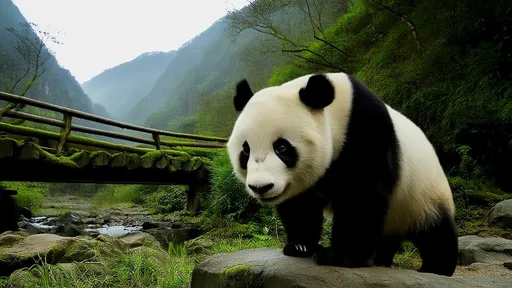
By /Jul 24, 2025
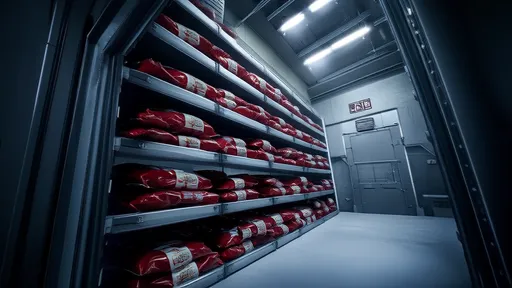
By /Jul 24, 2025

By /Jul 24, 2025
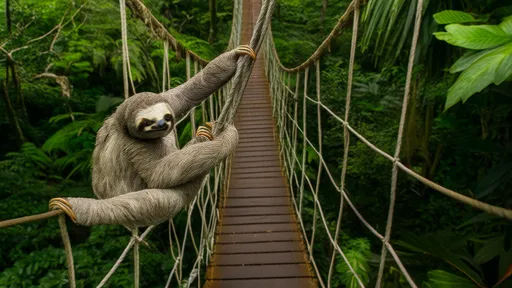
By /Jul 24, 2025
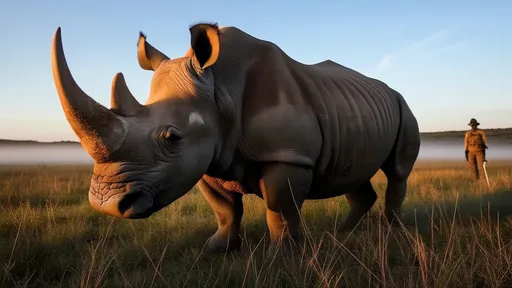
By /Jul 24, 2025
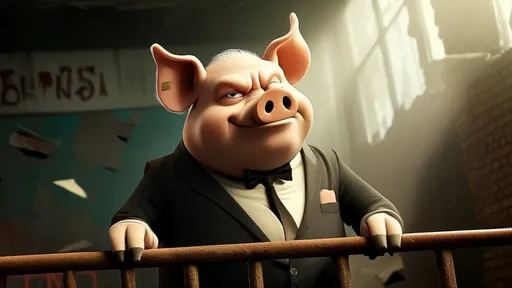
By /Jul 24, 2025

By /Jul 24, 2025
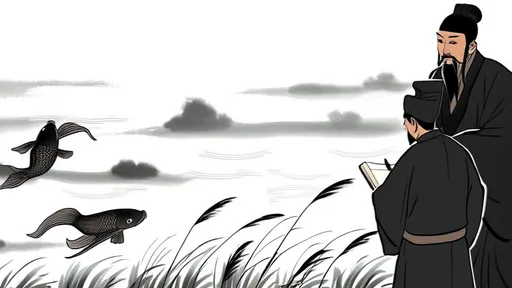
By /Jul 24, 2025
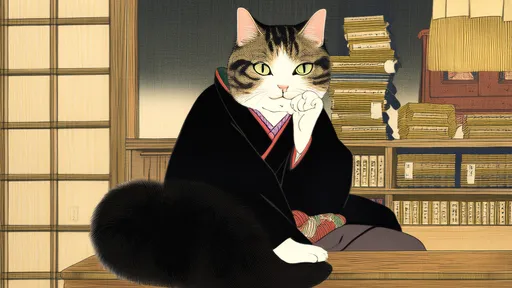
By /Jul 24, 2025
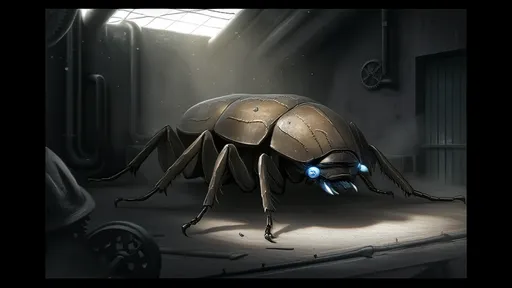
By /Jul 24, 2025
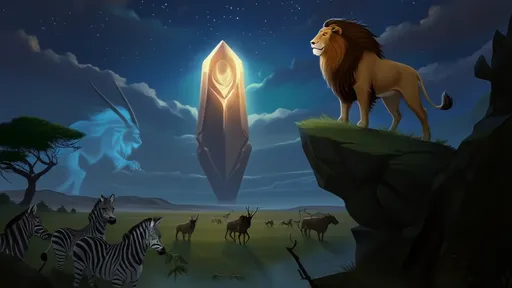
By /Jul 24, 2025
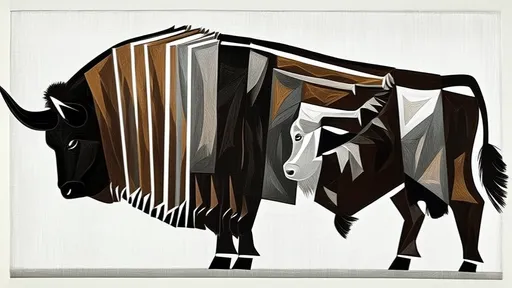
By /Jul 24, 2025
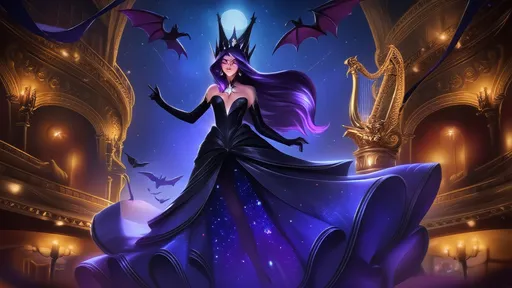
By /Jul 24, 2025
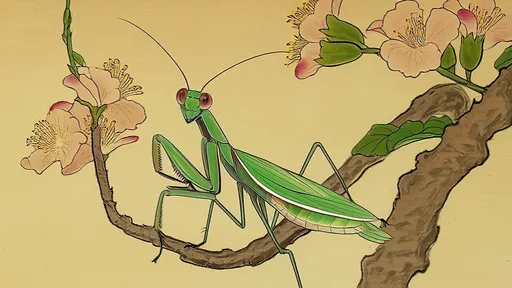
By /Jul 24, 2025
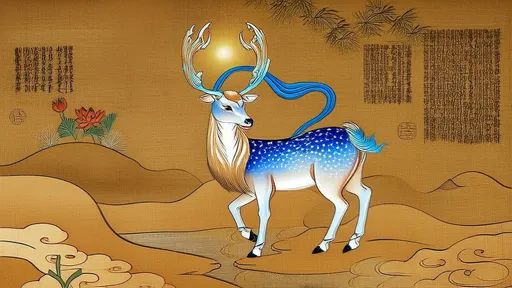
By /Jul 24, 2025
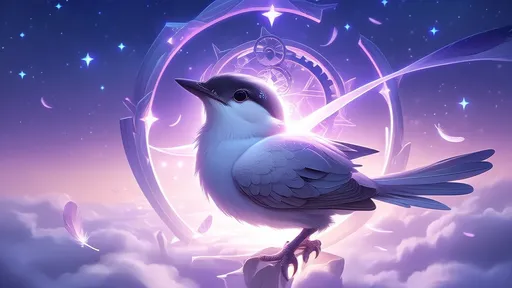
By /Jul 24, 2025

By /Jul 24, 2025
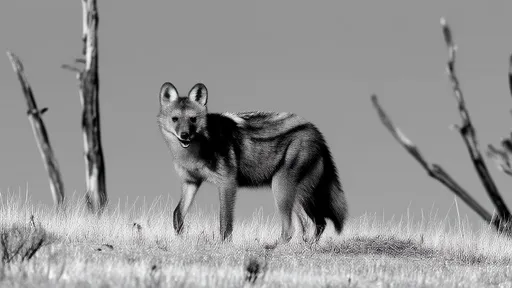
By /Jul 24, 2025